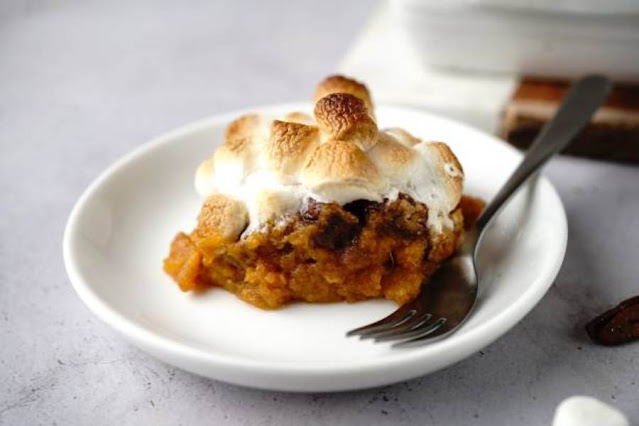Featured
- Get link
- X
- Other Apps
Bit by bit Guidelines to Wear Covers and Coats for Each Season

Presentation
As the seasons change, so does our closet. Covers and coats
are fundamental clothing things that keep us warm as well as act as style
proclamations. The way to becoming amazing at wearing coats and coats for
various seasons lies in figuring out the materials, styles, and layering
procedures fit to every environment. In this article, we'll give bit by bit guiding
principle on the most talented method to wear covers and coats for each season,
from the crisp long periods of winter to the blustery nights of summer.
1. Winter: Comfortable and Warm
Winter is the season where warmth comes first. While
choosing a colder time of year coat or coat, think about the accompanying
advances:
Stage 1: Pick a Warm Material
Select protected materials like fleece, down, or
manufactured strands. These materials give magnificent protection and hold
heat, keeping you warm in frosty temperatures.
Stage 2: Select the Right Length
For most extreme warmth, pick a coat that reaches out
underneath your hips or to your knees. Longer covers offer better inclusion and
trap heat actually.
Stage 3: Layer Keenly
Layering is key in winter. Wear warm or woolen sweaters
under your jacket, and remember a warm base layer. Ensure your jacket has
adequate space for these layers without feeling excessively close.
Stage 4: Adorn
Put resources into winter embellishments like a comfortable
scarf, gloves, and a warm cap. These give additional protection as well as add
style to your colder time of year look.
Stage 5: Pick Boots
Select protected and waterproof boots to keep your feet warm
and dry. Boots that go up to your calf or knee give additional glow.
Stage 6: Select Dull Varieties
Dim shaded covers and coats look modern as well as ingest
additional intensity from the sun, assisting you with remaining warm.
2. Spring: Momentary Style
Spring carries milder temperatures and the valuable chance
to change from weighty winter coats to lighter choices. This is the way to wear
covers and coats in spring:
Stage 1: Lighter Materials
Pick covers and coats produced using lighter materials like
cotton, denim, or lightweight fleece. These materials offer insurance from
unusual spring climate without overheating.
Stage 2: Go for Flexible Styles
Consider flexible styles like overcoats or utility coats.
Overcoats, specifically, are magnificent for spring as they give downpour
security while keeping an exemplary look.
Stage 3: Layer effortlessly
Layering is as yet significant in spring. Match your jacket
or coat with a light sweater or pullover. This permits you to adjust to
changing temperatures over the course of the day.
Stage 4: Embrace Brilliant Tones
Spring is the season for dynamic tones and examples. Add a
pop of variety to your outfit with a splendid coat or coat that supplements the
season's blooming magnificence.
Stage 5: Change to Lighter Footwear
Trade weighty winter boots for lighter shoes or shoes.
Spring is the ideal opportunity to exhibit your classy footwear.
3. Summer: Light and Blustery
Summer is tied in with remaining cool and agreeable while
shielding yourself from the sun. This is the way to wear covers and coats in
the late spring:
Stage 1: Pick Breathable Textures
Pick lightweight and breathable materials like cloth,
cotton, or chambray. These textures permit air course, keeping you cool.
Stage 2: Select Sleeveless or Short-Sleeved Styles
In summer, you can do without conventional coats and pick
sleeveless vests, kimono coats, or short-sleeved overcoats. These pieces add
style without adding an excess of warmth.
Stage 3: Keep It Open
Wearing your coat or vest open can assist with ventilation.
It makes a casual, relaxed look ideal for summer.
Stage 4: Contemplate UV Insurance
Consider UV-defensive coats made with unique textures that
safeguard you from unsafe sun beams. These are great for outside exercises and
sun-drenched days.
Stage 5: Pick Light Tones
Light varieties like pastels or neutrals reflect daylight
and assist with keeping you cool. Keep away from dim tones that can ingest
heat.
4. Fall: Comfortable Layers
Decrease brings cooler temperatures and evolving leaves. To
dress fittingly for the season, follow these means:
Stage 1: Pick Midweight Materials
Pick midweight materials like tweed, corduroy, or a mix of
fleece for your jackets and coats. These textures give warmth without being
excessively weighty.
Stage 2: Embrace Layering
Fall is the time of layering. Match your jacket or coat with
sweaters, scarves, and long-sleeve shirts. Blending surfaces and examples can
add profundity to your outfit.
Stage 3: Think about Adaptable Styles
Put resources into flexible styles like an exemplary pea
coat or a sewed coat. These choices can be spruced up or down to suit different
events.
Stage 4: Adorn
Add fall extras like an upscale beret, cowhide gloves, or a
woolen scarf to finish your look while remaining warm.
Stage 5: Hearty Tones
Fall is inseparable from gritty tones like profound greens,
rich tans, and warm oranges. Integrate these varieties into your jacket or coat
choice for a comfortable and occasional feel.
End
By adhering to these bit by bit guidelines, you can become
amazing at wearing coats and coats for each season. Whether you're packaging up
for winter or embracing the lightweight styles of summer, the key is to choose
the right materials, styles, and assistants to remain agreeable and classy all
year. In this way, go on and curate your closet to take advantage of each and
every season, all while putting your best self forward.
- Get link
- X
- Other Apps

Comments
Post a Comment